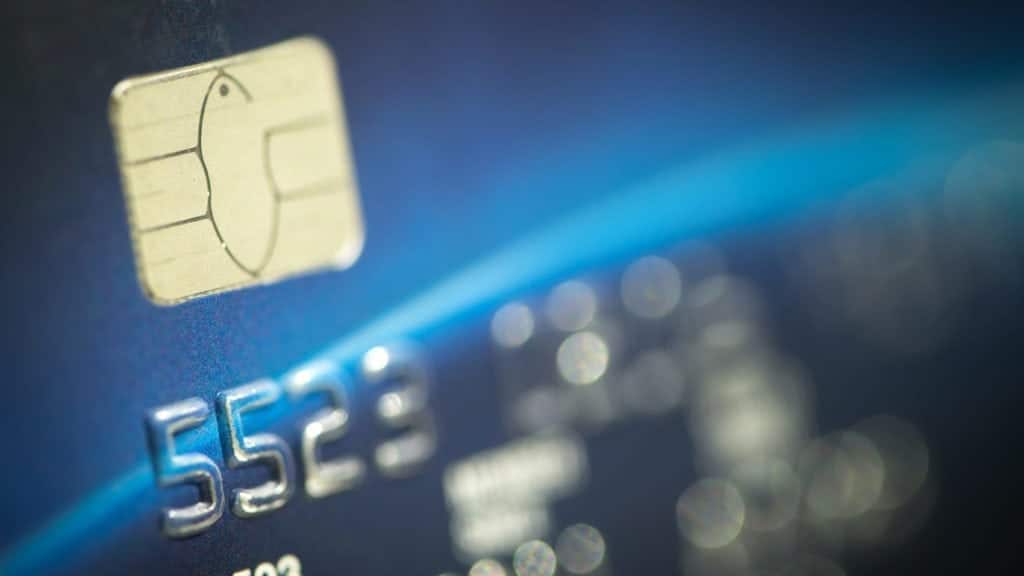What are ACH Payments ? ACH Debit & Credit Explained

TABLE OF CONTENTS
Key Takeaways
- Understanding ACH Payments: ACH (Automated Clearing House) payments and debit card transactions are two popular options for receiving customer payments. Knowing the differences between them can help you choose the best payment method for your business.
- Debit Card Payments: Debit cards deduct money directly from a consumer’s checking account to pay for a purchase. Transactions are processed through payment processing networks like Visa or Mastercard. Debit cards offer real-time processing and immediate transfer of funds.
- ACH Payments: ACH is an electronic check payment transaction managed by NACHA (National Automated Clearinghouse Association). ACH payments are used for large volumes of payments and involve bank transfers from one account to another. Transactions typically take 2-4 business days to process.
- ACH Debit: ACH debit allows consumers to pay bills electronically directly from their bank accounts. It eliminates the need for writing checks or using cash. Different types of ACH debit transactions include point of sale, point of purchase, accounts receivable conversion, and prearranged payment and deposits.
Understanding the difference between ACH payments and debit card transactions can help you determine which payment method is best for your business. Both are popular options for receiving customer payments, but they each have their benefits and drawbacks.
In this article, we’ll explain the basics of how debit cards and ACH (Automated Clearing House) payments work. Then we’ll discuss the pros and cons of using either one for your business.
WHAT IS A DEBIT CARD PAYMENT?
A debit card is a payment card that deducts money directly from a consumer’s checking account to pay for a purchase. The transaction is processed through the same payment processing networks (Visa, Mastercard, American Express, etc.) as credit cards.
Debit cards are also called “check cards.” Sometimes they have the Visa or Mastercard logo on them, and sometimes they don’t. If you have a debit card that doesn’t have one of those logos, it probably means your bank has set up its own payment processing network.
When you use a debit card to make a purchase, the money is transferred from your checking account to the merchant’s account almost immediately. In contrast, when you use a credit card, the credit card company pays the merchant for the purchase and then bills you later.
Debit cards can be processed with or without a PIN (personal identification number), and a cash-back option is also available with some debit cards. Depending on your bank, you may be able to sign for purchases instead of using a PIN.
WHAT IS AN ACH PAYMENT?
ACH is an electronic check payment transaction – also called Automated Clearinghouse. This payment method is managed by NACHA or the National Automated Clearinghouse Association.
ACH payments are used for large volumes of payments, like most e-commerce companies, utility providers, and payroll management companies do. Bank transfers from one bank account to another also use the ACH payment method.
ACH payments work like this: the sender (or originator) initiates an ACH transaction request, which is then processed and settled by the ACH operator. The funds are transferred from one bank account to another through the ACH network.
The amount of time it takes for the recipient to receive funds depends on the type of transaction. Typically, transactions are processed within two to four business days. There are several types of ACH payments, and it’s important to understand the differences so you can use them effectively.
ACH DEBIT
ACH debit is one of the most popular types of ACH payment because it allows consumers to pay bills electronically, without having to write checks or use cash. It’s often called “direct debit” because it allows you to pay directly from your bank account.
This is how ACH Debit transactions work: When you set up an ACH debit transaction, you provide the payee with your bank account number and routing number. The payee then initiates a request for payment from their bank (known as an “originator”).
This request is routed through the ACH network to your bank. Your bank deducts the amount of the payment from your account and forwards it to the payee’s bank.
There are several different types of ACH debit, and some examples include:
- Point of Sale – POS transactions are processed by the ACH network when a consumer presents a debit card or credit card at a retailer.
- Point of Purchase – POP transactions are processed by the ACH network when a consumer initiates a debit transaction through an online form or website.
- Accounts Receivable Conversion – ARC transactions are processed by the ACH network when a company submits an electronic invoice to its customer, who provides authorization for the debit.
- Prearranged Payment and Deposits – PPD transactions are processed by the ACH network when an individual authorizes a company to debit their account for recurring payments, like utility bills or mortgage payments.
ACH CREDIT
ACH Credit is a payment method that allows you to send money from your bank account to a business. The funds are transferred electronically, so there is no physical check or money order.
In most cases, you’ll have to have an account with the same bank as the business you’re paying in order to use the ACH Credit transaction. However, some banks will allow you to open an account with them specifically for this purpose.
This is how ACH Credit transactions work: You provide your bank account information to the business you’re paying. This includes your routing number and account number.
The business initiates a request for the funds from your bank and the money is then transferred from your bank account to the business’s bank account. This typically takes 2 to 3 business days, and there is usually no fee for the ACH Credit transfer.
DEBIT CARD VS. ACH PAYMENTS – WHICH COMES OUT ON TOP?
ACH payments are generally cheaper to accept as the payment does not need to go through the card network for processing. This eliminates many costs associated with debit card processing, such as interchange rates and assessment fees. While the cost may be less, when you receive the monies in your bank account is substantially longer than a debit card payment.
Debit cards are considered to be processed in real-time, and therefore are available sooner. ACH payments need to be batched and processed, which means that the amount of time it takes for the money to be moved from one bank to another is longer.
While next-day funding is available for ACH payments, the offering is typically reserved for top-notch merchants. The standard processing time for ACH payments is between 3-6 business days.
If your business can withstand a slight delay in cash flow, then ACH payments may be a viable option. However, it is noteworthy to mention that ACH payments have a higher return rate than debit cards.
Since an immediate approved response is not received, there is a risk the payment can be returned as NSF or non-sufficient funds. Tracking down a customer to recoup payment can be a costly endeavor after goods or services are received, so ensure your company has a plan in place to pursue the matter should it arise.
A final consideration when discussing debit cards vs. ACH payments is the ease of use. The majority of consumers today carry a debit card around in their wallets. The odds of a customer having access to their routing and bank account number when paying for a good or service are substantially slimmer. There is potential to lose out on a sale if the payment methods your business offers are not convenient to your customer base.
So when weighing the pros and cons of debit card payments vs. ACH payments, consider your customer base as well as what types of goods or services you provide. Debit cards are more convenient for customers but ACH payments may be a better option for businesses selling physical goods online or for businesses selling to customers who prefer to pay with their bank accounts.
ACH VS. CREDIT CARDS
While this article’s subject is ACH vs. debit cards, we will briefly touch upon credit cards.
Many companies use credit cards as a method of payment. However, credit card transactions are usually processed through a third-party credit card processing network like Visa or Mastercard. There are fees involved with these types of transactions and they can be higher than other methods like ACH. This is why some businesses prefer to use ACH payments to avoid the fees associated with credit card transactions.
The other thing is that ACH transactions clear faster than credit card payments. So if you are a business that needs to have the money from a transaction deposited into your account quickly, then using ACH transfer might be the best option for you.
But it’s not all rainbows and butterflies with ACH payments. There are some drawbacks with ACH when compared with credit cards.
One of the main setbacks with ACH is that funds are not guaranteed. This means that if a customer initiates an ACH payment and their bank doesn’t have the funds available or does not have sufficient funds, the transaction will not go through.
This can cause problems for your business if you are counting on that money to be deposited into your account quickly. Another thing to keep in mind is that some banks charge fees for ACH transactions.
DEBIT CARD VS. ACH PAYMENTS – READY TO MAKE A DECISION?
Ultimately, it’s all about finding the best solution for your business and customers. Debit and ACH offer a safe alternative to credit cards but have different benefits and drawbacks that you should take into consideration.
Some factors you might want to take into consideration when deciding whether to use ACH or debit card include transaction fees, transaction speed, the potential for returns/chargebacks, and security.
Other considerations include your type of business ( is it e-commerce, retail, mobile, or brick-and-mortar) What type of product or service are you selling? Do you need to offer refunds? how regularly do you process payments? Do you ship products?
These are all questions you should consider when deciding which payment type is best for your business. It does help to do some research on each type of payment before making your final decision.
If you are not sure which option is the best for your business, reach out to Payment Savvy today to discuss your situation. Our Savvy Squad are experts in all facets of payment acceptance. We will work hand-in-hand with you to create the perfect payment solution for your current business needs and future goals. We look forward to hearing from you.





